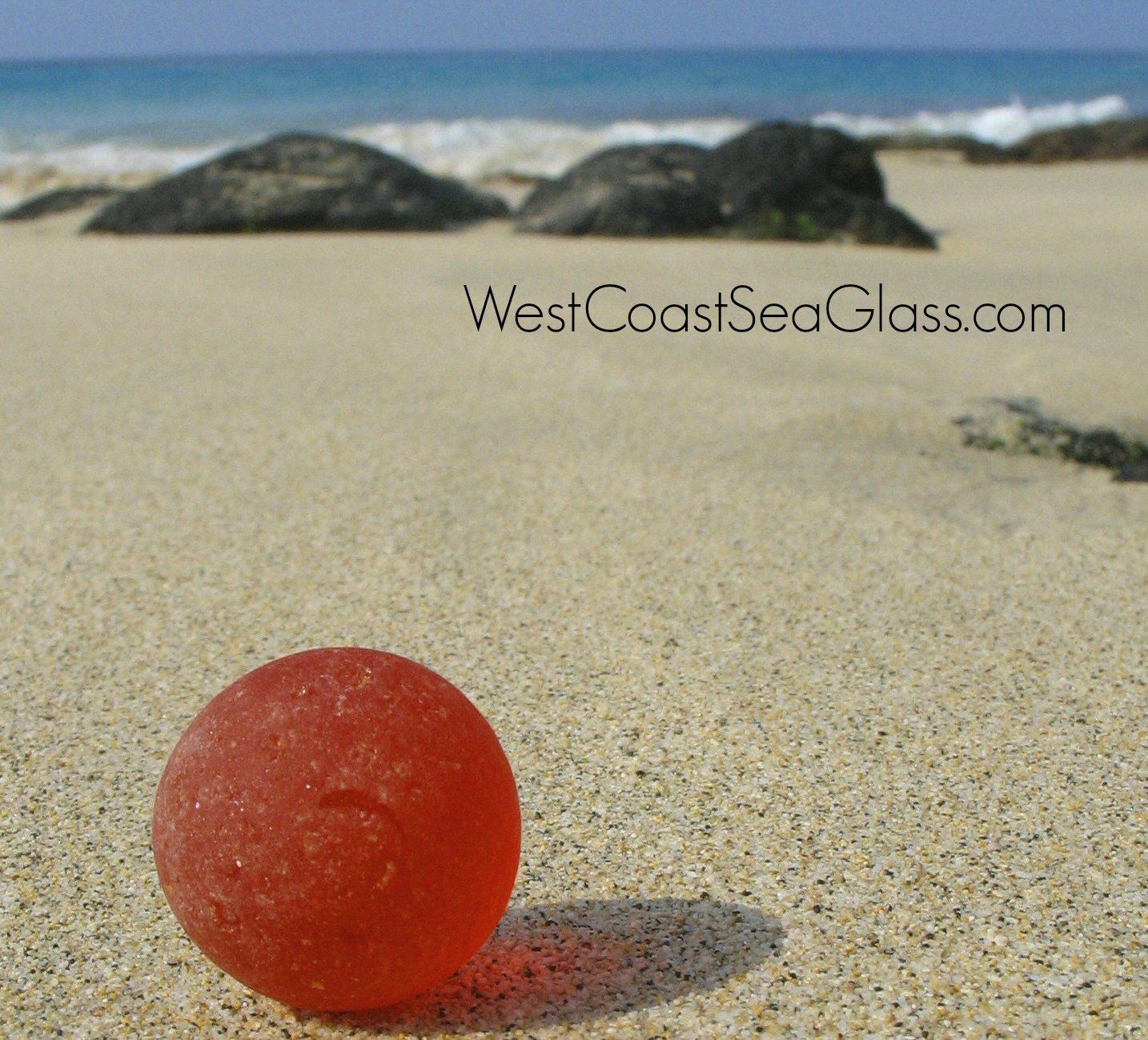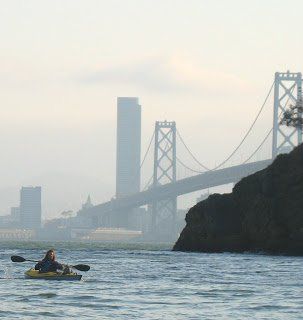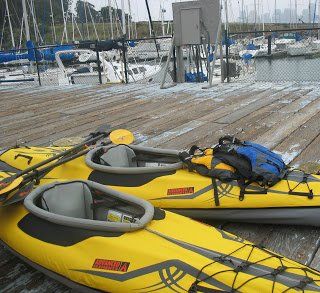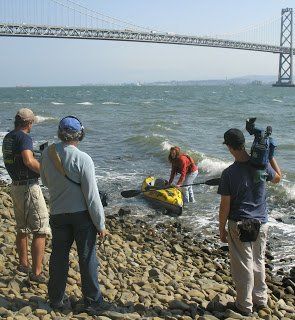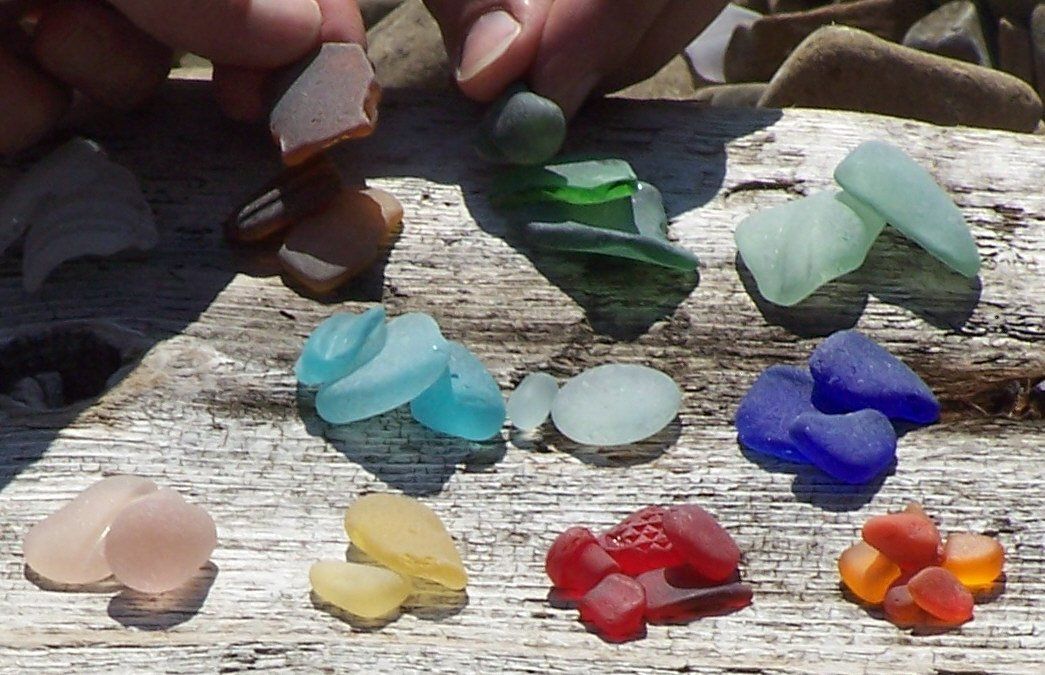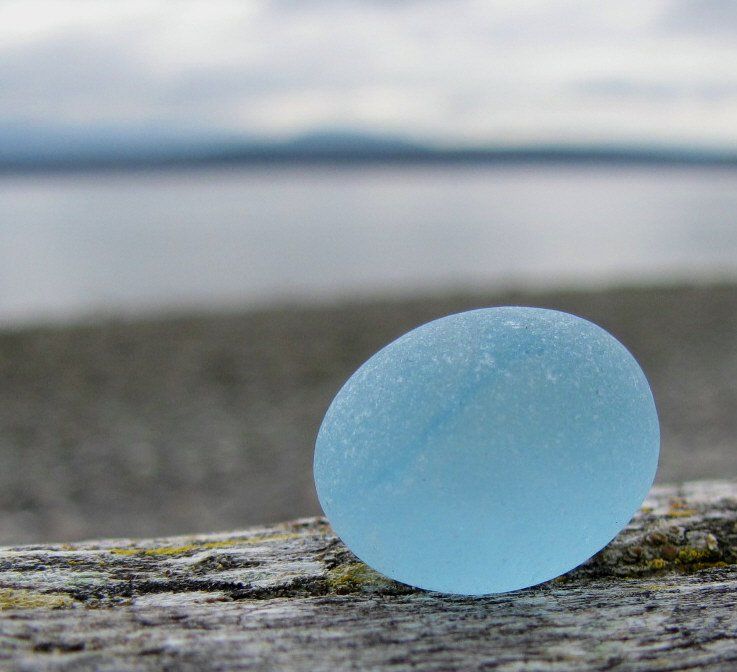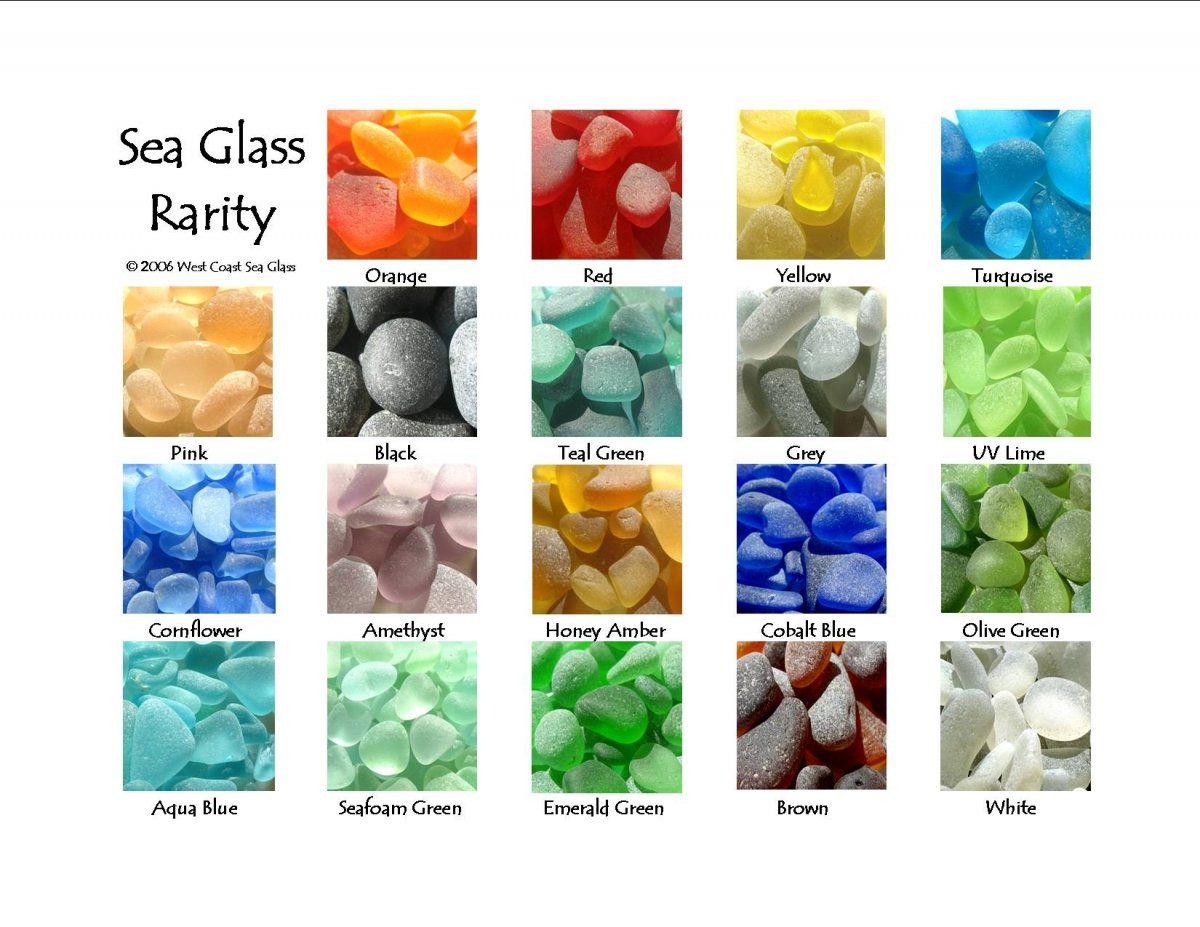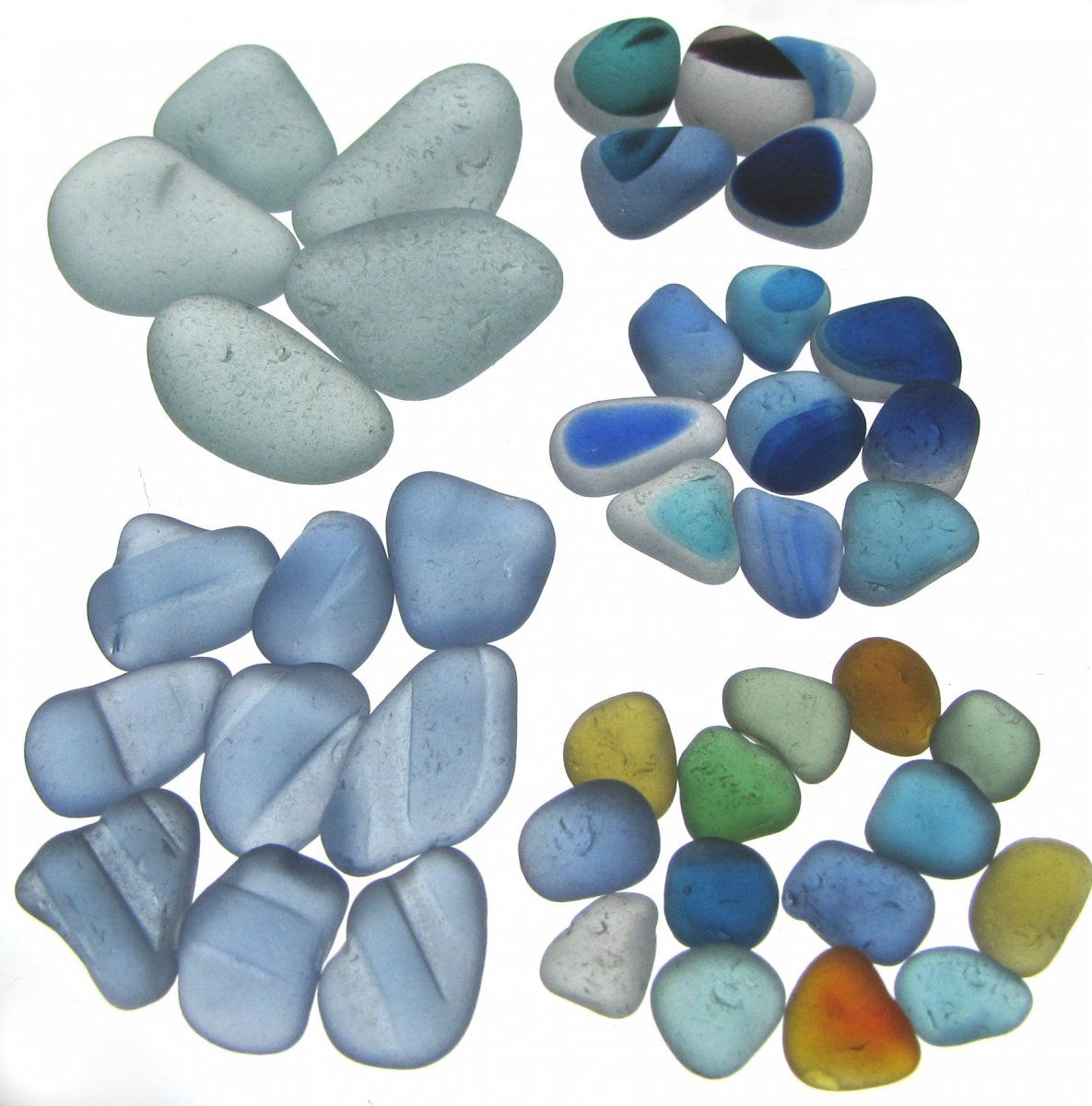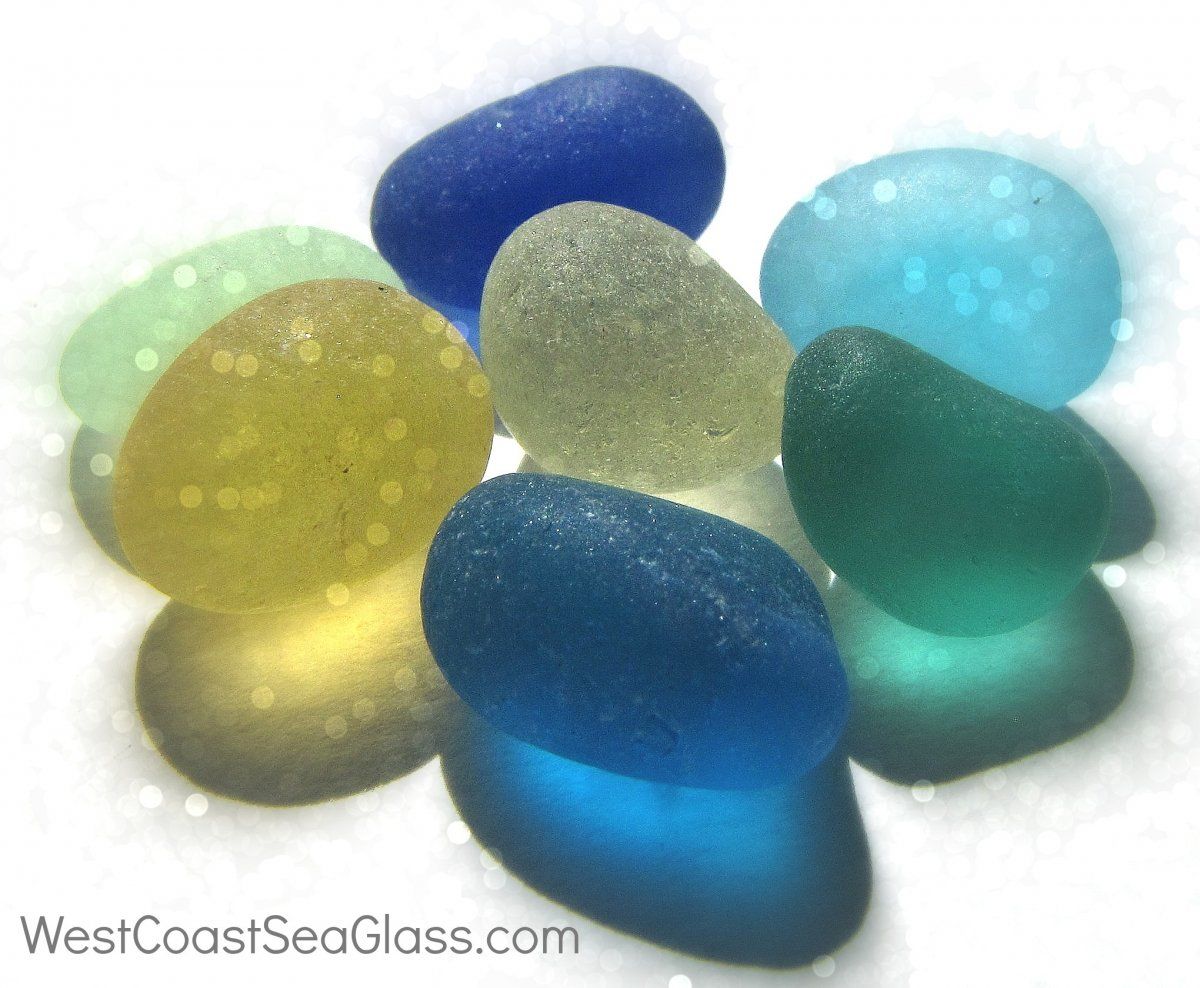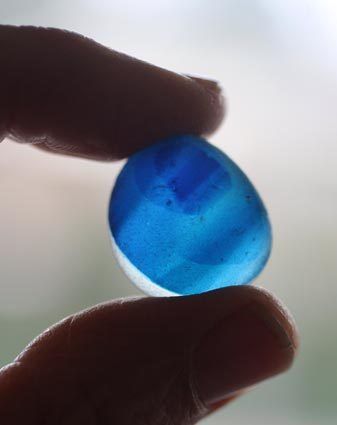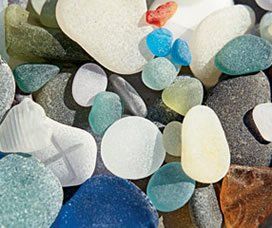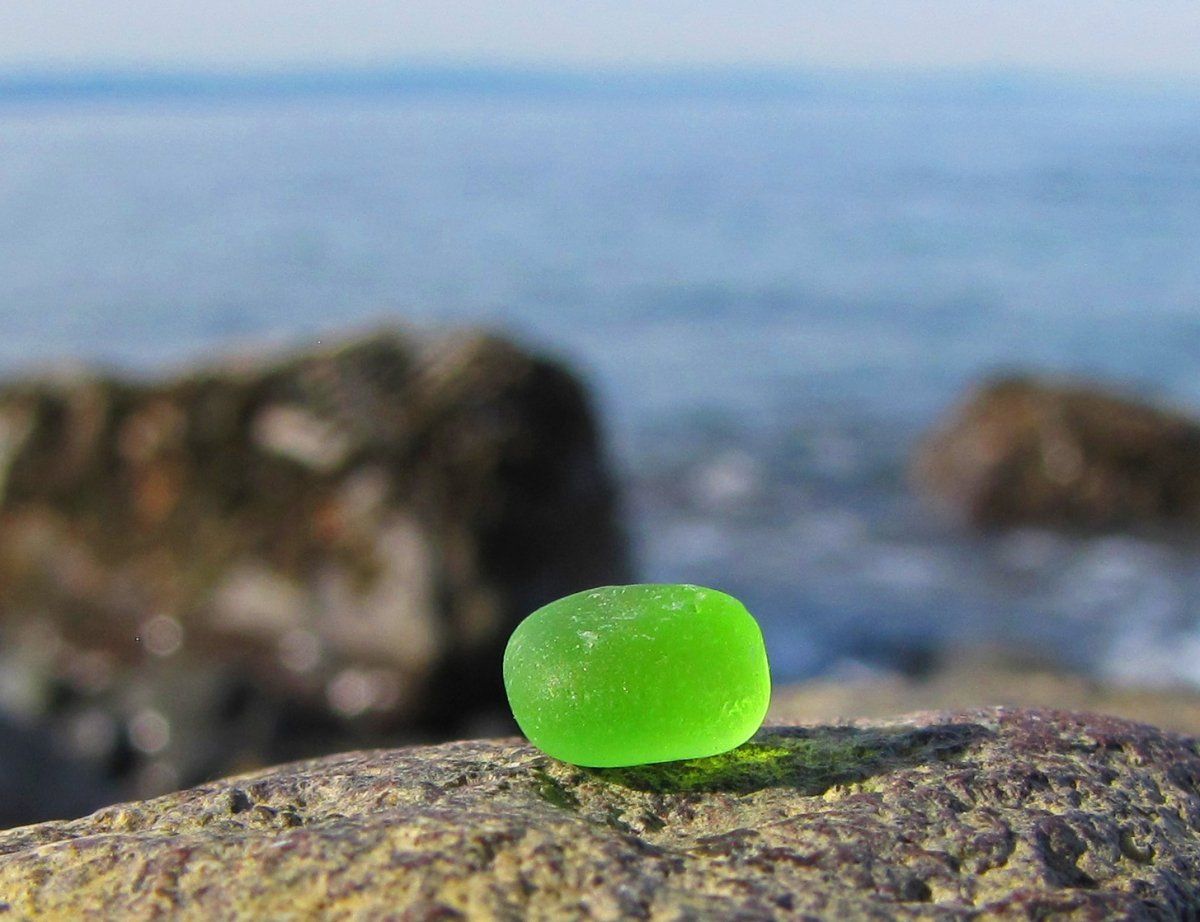The Travel Channel - "Treasures of the Deep"
The Travel Channel
"Treasures of the Deep"
Treasure Hunter Show
July 2, 2008
It was last October. My cell phone rang while I was road tripping, north through three states, heading home from the Sea Glass Festival we had just organized in Santa Cruz, California. On the line was a producer from the Travel Channel who'd recently learned of the popularity and intrigue of sea glass. She asked, would I consider filming a show with them on "How to Cash-In on Sea Glass".
After a long philosophical discussion about the history, enchantment, story and journey behind each sea glass piece, I kindly shared that "cashing in" wasn't what sea glass was all about and nicely I said "no thank you".
Nine months passed and they contacted me once again. "We'd like to change the story a bit, do an adventure show, follow you in a kayak, interview you about sea glass history, color rarity, the love of collecting."The body content of your post goes here. To edit this text, click on it and delete this default text and start typing your own or paste your own from a different source.
So I agreed to help with a show where we trek to a remote hunting spot, I do some sharing of the origin of pieces, talk about color and discuss why people love it so much. They wanted my input because of my longtime knowledge and study of sea glass and because, at the time I was the president of the North American Sea Glass Association. And they wanted to make sure someone was there to help with identifying the pieces that we found.
I packed a suitcase, took a night flight to San Francisco, grabbed a latte and met "the crew" and huntin buddy, Charles, at a quiet marina at 8am one summer morning in July.
The spiffy new kayaks borrowed from a local outfitter, awaited us on the dock. After hooking on waterproof sound packs and running through a quick show outline, we floated away from shore. The TV show's producer, camera crew and sound guy followed us in their zippy Zodiak filming us as we ventured out; around rocky outcroppings, under a bridge, then further into the rougher bay.
After paddling through the fog for about an hour, the wind and chop began push against us. We rounded a point and soon ported on a beach, unloaded crew and gear. Then perfectly, the sun began to shine on our day.
The entire day (I counted 11 hours) from morning to dusk was spent on a warm beach; hunting, sharing, watching wildlife and sifting through our pieces. The show's host spent some extra time with me and some of my highly rare pieces which I packed along in my dry bag. We sorted them by color and laid them in our organic environment on a beach log.
The sun began to set so we kayaked back to the marina. And the famous San Francisco bay wind and "chop" was kicking in. We gave goodbye hugs and sent the crew on to their next shoot.
The show has aired the episode about 17 times since that wonderful August day. And Treasure Hunter is no longer with the Travel Channel. -Mary Beth Beuke
